Champagne Telmont’s ‘193,000 shades of green’ bottles are a quest for sustainability
Champagne Telmont launches ‘193,000 shades of green’, a collection of uniquely coloured bottles using otherwise unwanted glass
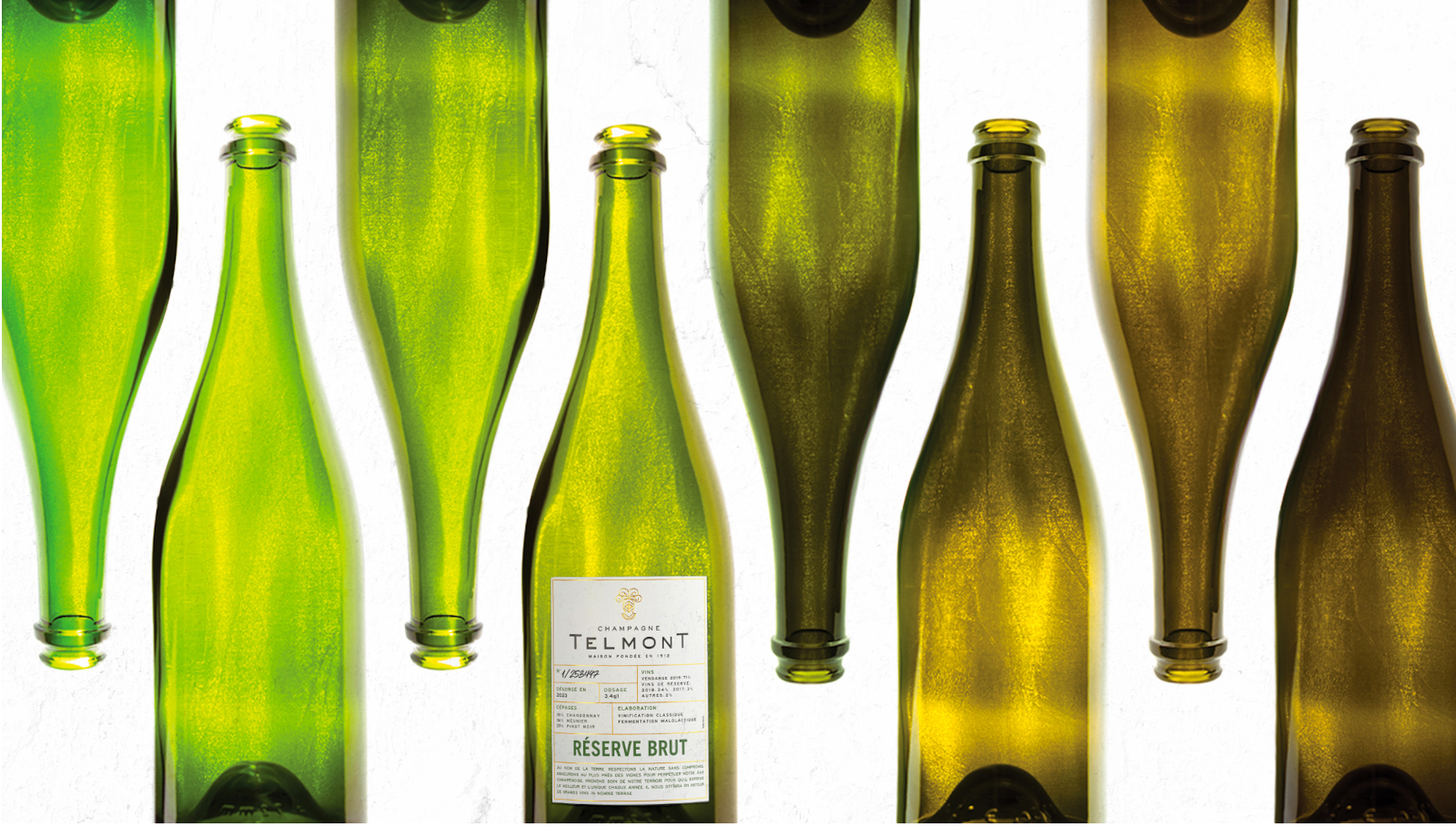
Champagne Telmont is seeking to appease the planet as well as satisfy the taste buds. The maison is striving towards sustainable innovation, and has set ambitious goals to become the first climate-positive champagne house by 2030, and net positive by 2050.
The first steps are in place, with the transition to create champagne bottles using glass discarded by glassmakers, that doesn’t match chromatic standards.
Champagne Telmont, ‘193,000 shades of green’
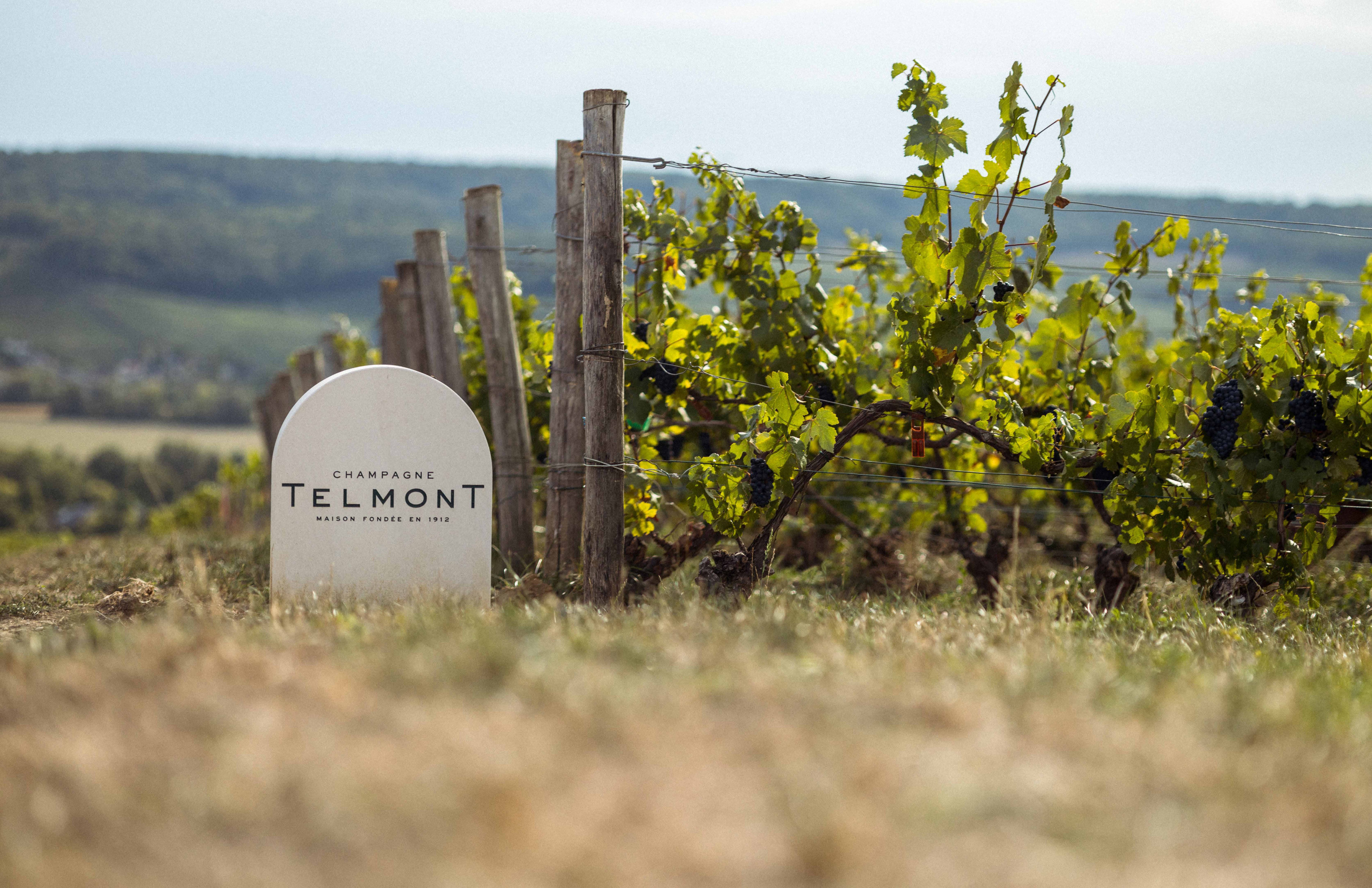
The project, titled ‘193,000 shades of green’, is a bold move within the industry, breaking classic champagne glass colour standards. Telmont has already eliminated superfluous packaging, bespoke bottles and transparent glass.
Deciding to make use of the glass produced during the transition between two different shades in a glass maker's furnace, the company has created a collection of uniquely colourful bottles that deliver intrigue and elegance to a drinking cabinet.

Telmont will release 193,000 bottles each year, varying in shade from light green to earthy cinnamon. The repurposed glass infuses elegance with environmental responsibility. The project runs alongside the brand’s ‘In the Name of Mother Nature’ initiative, which lays out guidelines for a responsible future, humility toward nature, and loyalty to wine-making know-how.
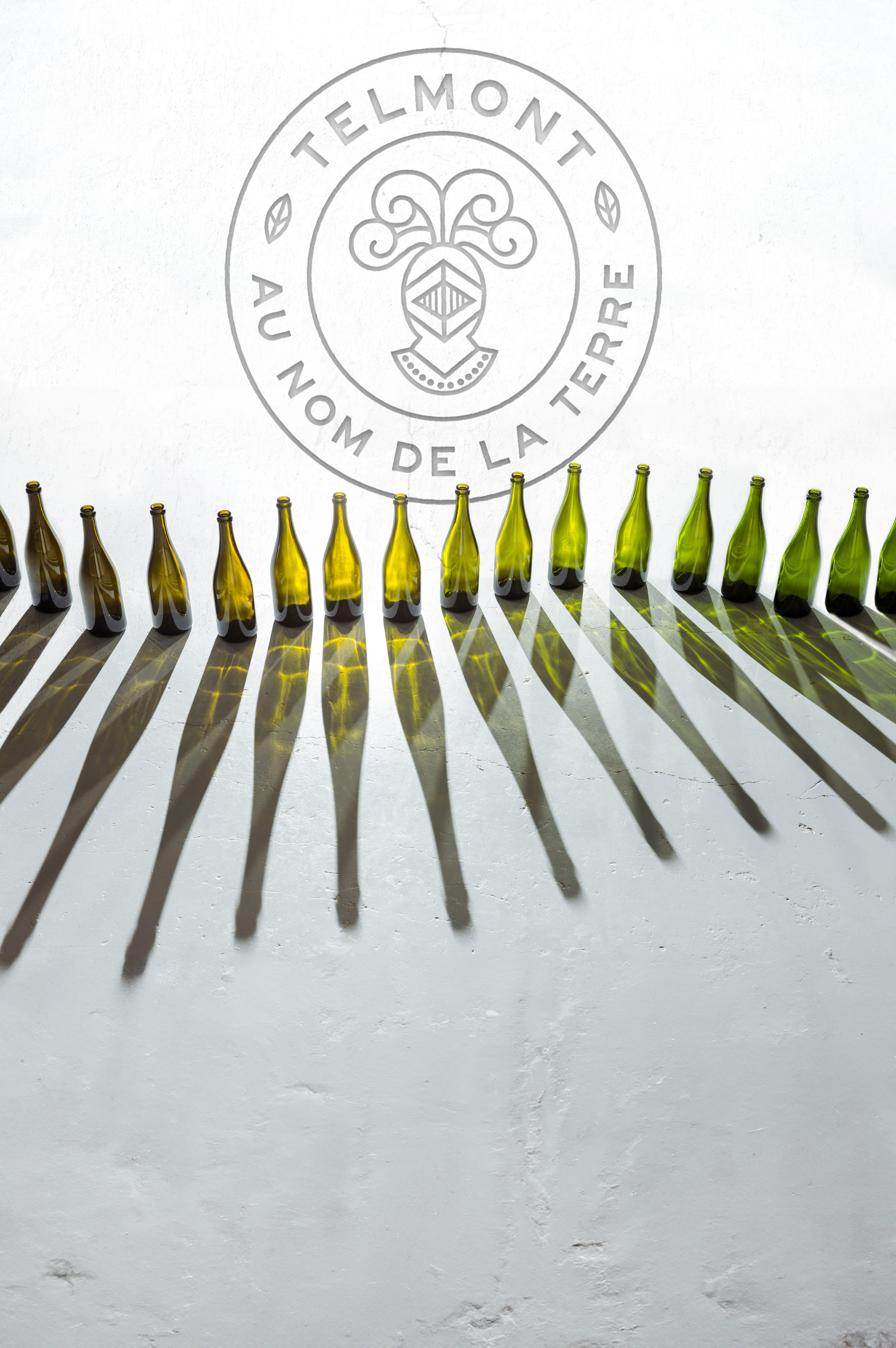
‘In 2024, Telmont reinvents green and glass,’ says Ludovic du Plessis, president of Maison Telmont. ‘"193,000 shades of green" exemplifies our philosophy. For us, sustainability is not a limit or a constraint, but a ground for creativity and innovation. Every shade of green is a symbol of our commitment to the environment. We're not just changing the colour of our bottles, we're trying to transform the wine industry, one shade at a time.’
Wallpaper* Newsletter
Receive our daily digest of inspiration, escapism and design stories from around the world direct to your inbox.
Tianna Williams is Wallpaper*s staff writer. Before joining the team in 2023, she contributed to BBC Wales, SurfGirl Magazine, Parisian Vibe, The Rakish Gent, and Country Life, with work spanning from social media content creation to editorial. When she isn’t writing extensively across varying content pillars ranging from design, and architecture to travel, and art, she also helps put together the daily newsletter. She enjoys speaking to emerging artists, designers, and architects, writing about gorgeously designed houses and restaurants, and day-dreaming about her next travel destination.
-
 Put these emerging artists on your radar
Put these emerging artists on your radarThis crop of six new talents is poised to shake up the art world. Get to know them now
By Tianna Williams
-
 Dining at Pyrá feels like a Mediterranean kiss on both cheeks
Dining at Pyrá feels like a Mediterranean kiss on both cheeksDesigned by House of Dré, this Lonsdale Road addition dishes up an enticing fusion of Greek and Spanish cooking
By Sofia de la Cruz
-
 Creased, crumpled: S/S 2025 menswear is about clothes that have ‘lived a life’
Creased, crumpled: S/S 2025 menswear is about clothes that have ‘lived a life’The S/S 2025 menswear collections see designers embrace the creased and the crumpled, conjuring a mood of laidback languor that ran through the season – captured here by photographer Steve Harnacke and stylist Nicola Neri for Wallpaper*
By Jack Moss
-
 Why champagne pairs beautifully with fine food
Why champagne pairs beautifully with fine foodMaison Krug unites champagne with decadent cuisine in the latest edition of its ‘Single Ingredient’ adventure, in collaboration with globally renowned Michelin-starred chefs who enhance the flavours and aromas of Krug Grande Cuvée or Krug Rosé
By Melina Keays
-
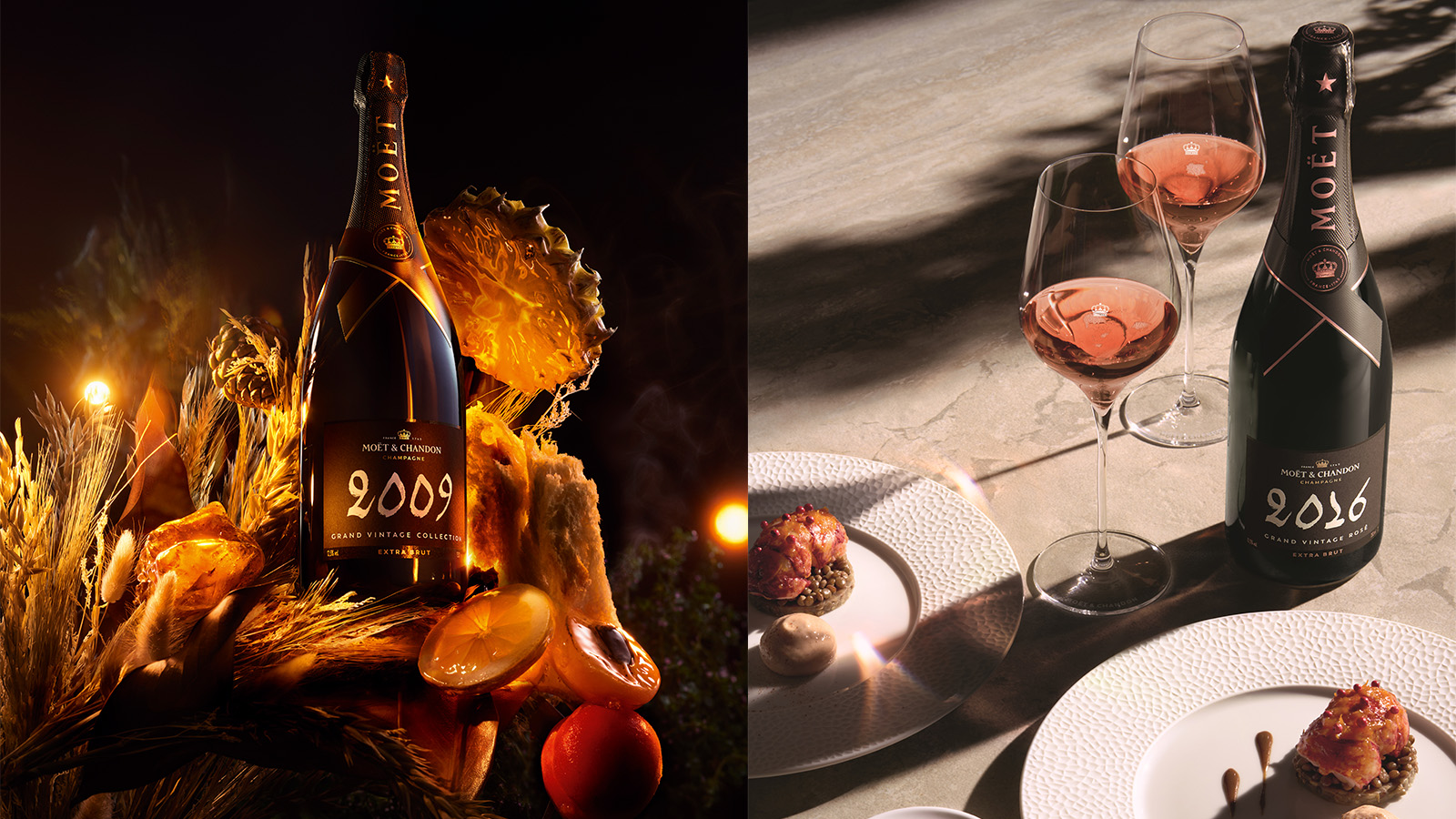 Taste the trilogy of Moët & Chandon Grand Vintage Champagnes
Taste the trilogy of Moët & Chandon Grand Vintage ChampagnesMoët & Chandon presents ’A Tale of Sublimation’, a trilogy of Grand Vintage Champagnes which represents the journey of harvesting and growing of the grapes, and the declaration of vintage status
By Melina Keays
-
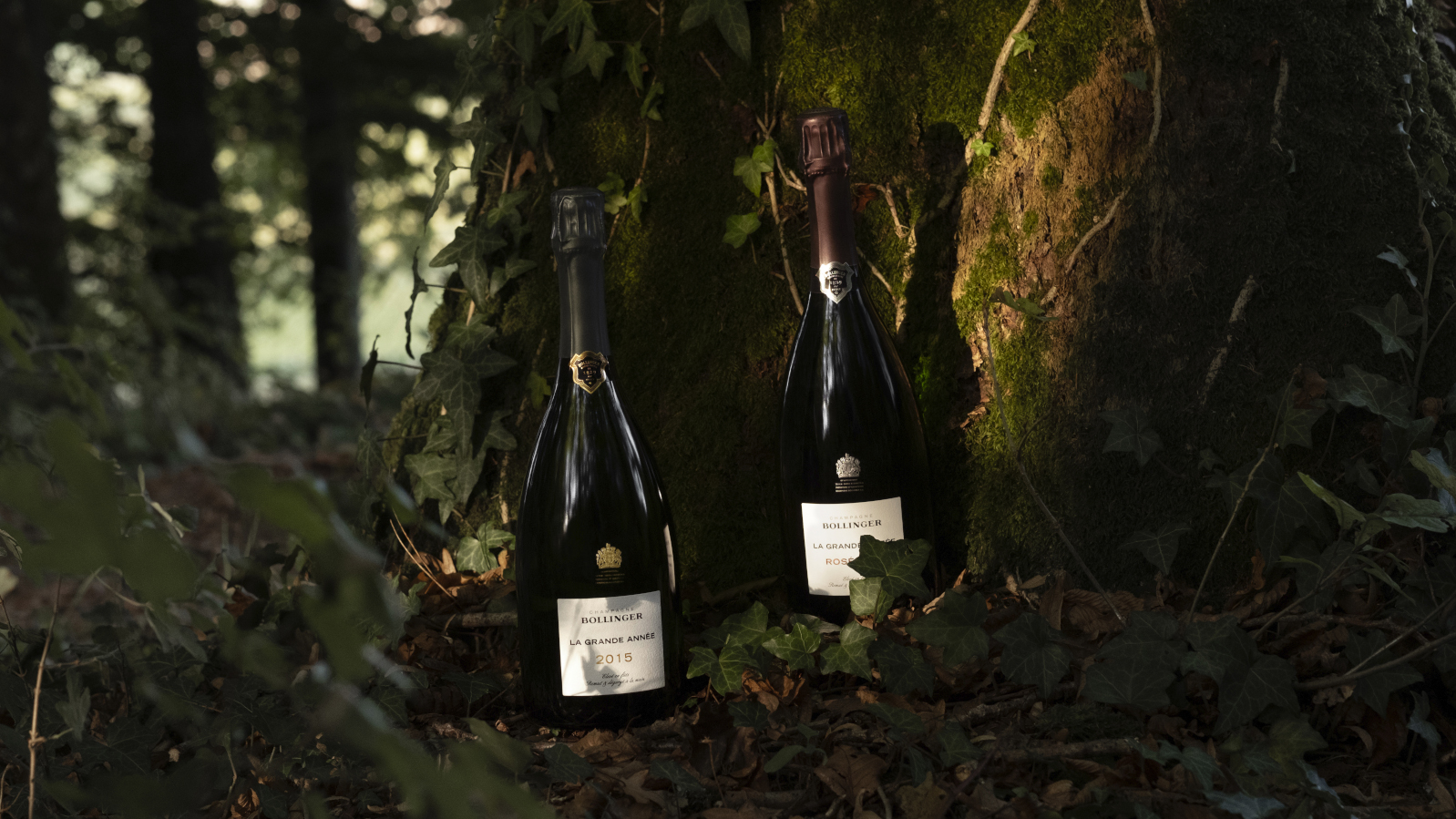 Why Bollinger’s La Grande Année 2015 champagne is worth celebrating
Why Bollinger’s La Grande Année 2015 champagne is worth celebratingChampagne Bollinger unveils La Grande Année 2015 and La Grande Année Rosé 2015, two outstanding cuvées from an exceptional year in wine-making
By Melina Keays
-
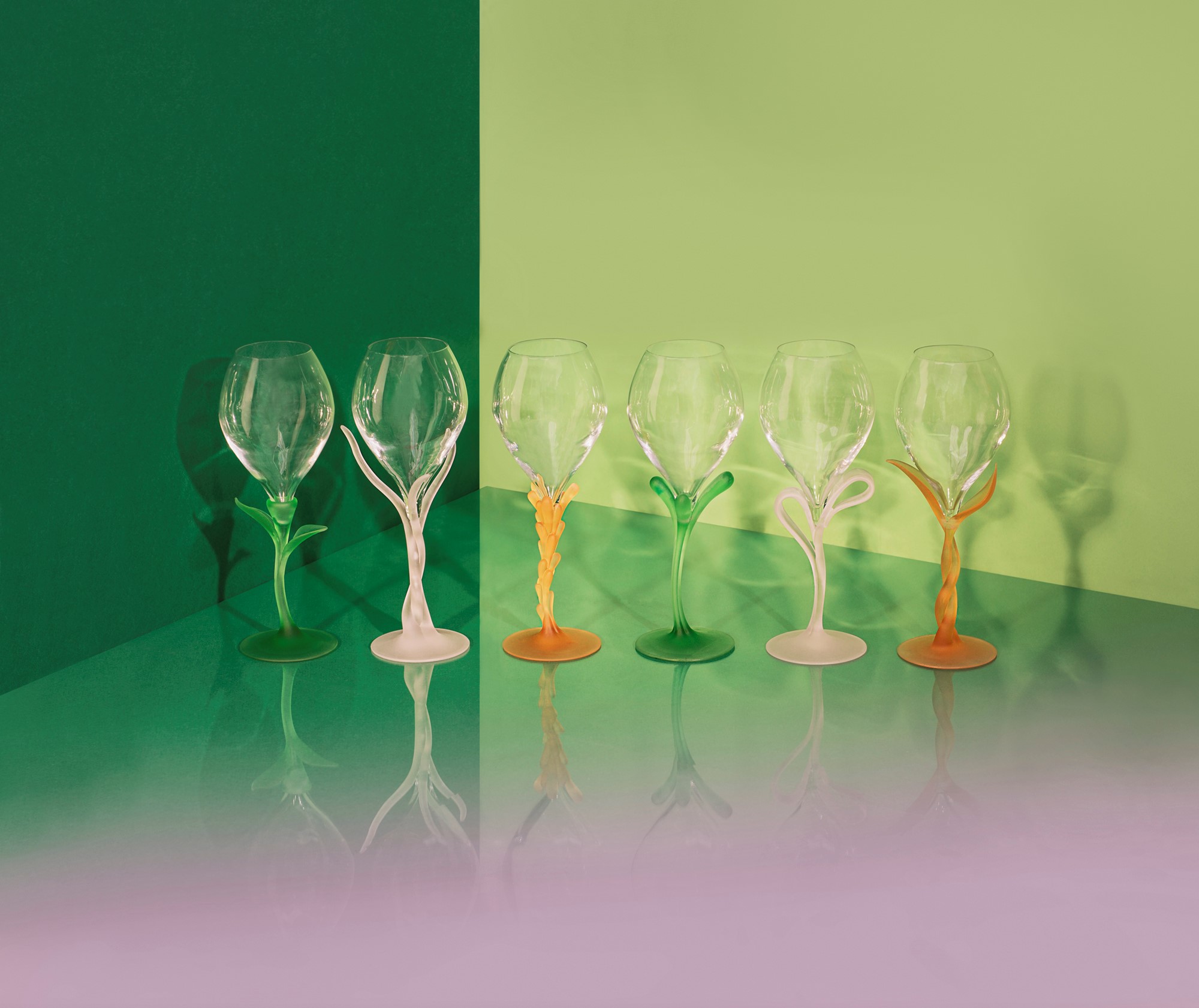 Perrier-Jouët and Analogia Project explore nature and colour in champagne
Perrier-Jouët and Analogia Project explore nature and colour in champagneAnalogia Project has unveiled Metamorphosis with Maison Perrier-Jouët – six champagne glasses that create a dialogue between design, champagne and nature
By Danielle Demetriou
-
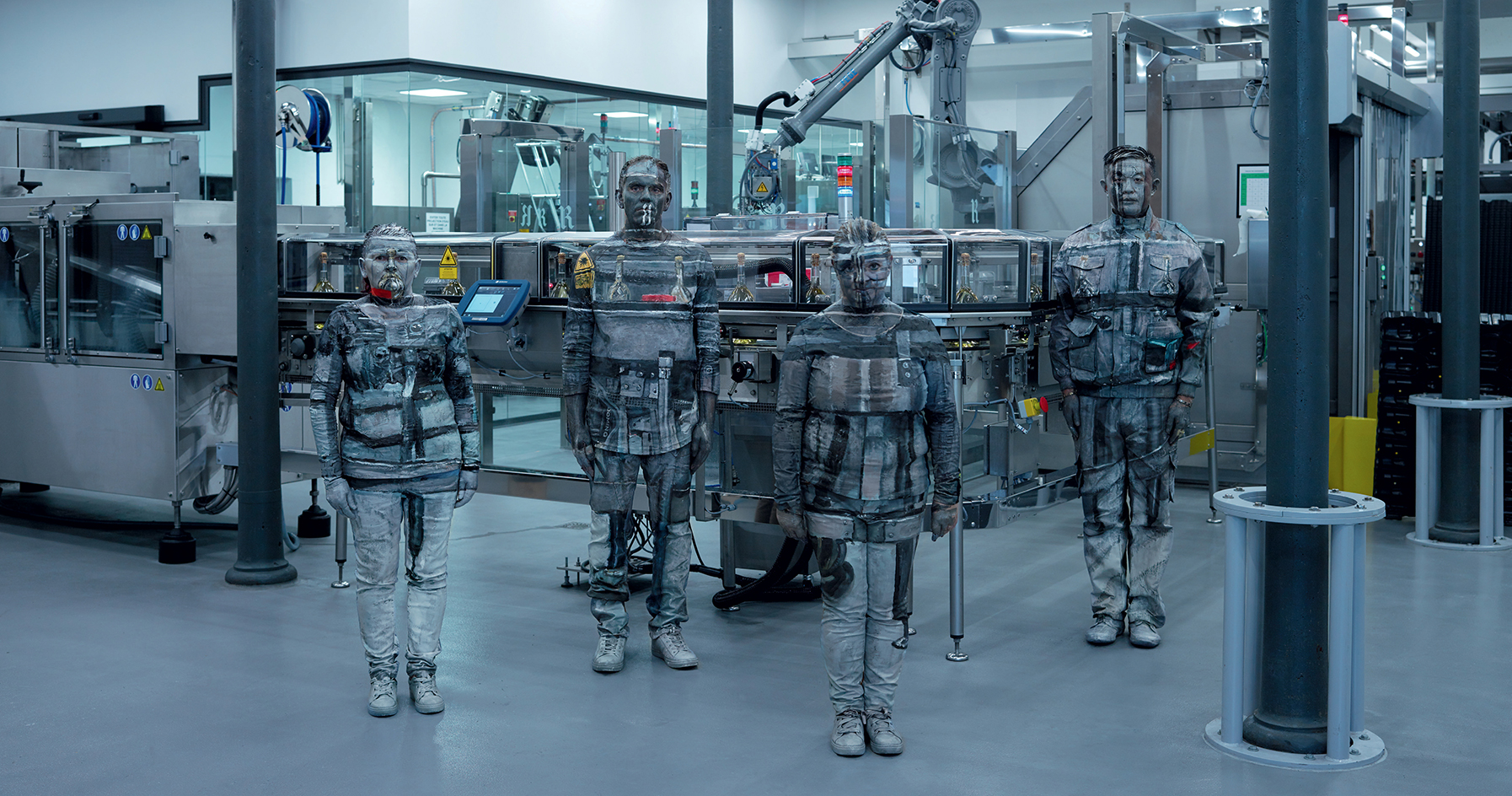 Artist Liu Bolin explores the hidden depths of champagne production at French house Ruinart
Artist Liu Bolin explores the hidden depths of champagne production at French house RuinartBy Amy Serafin